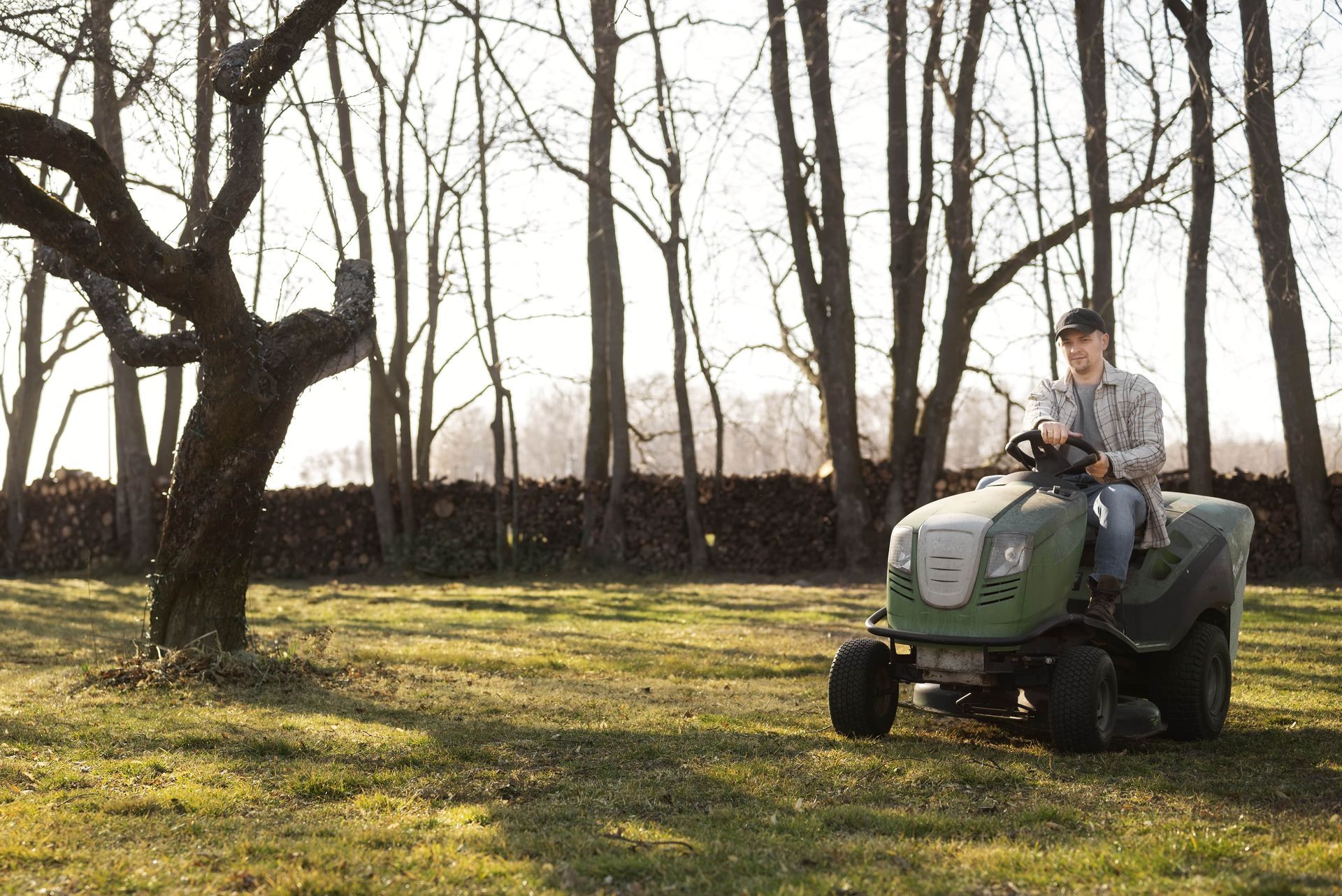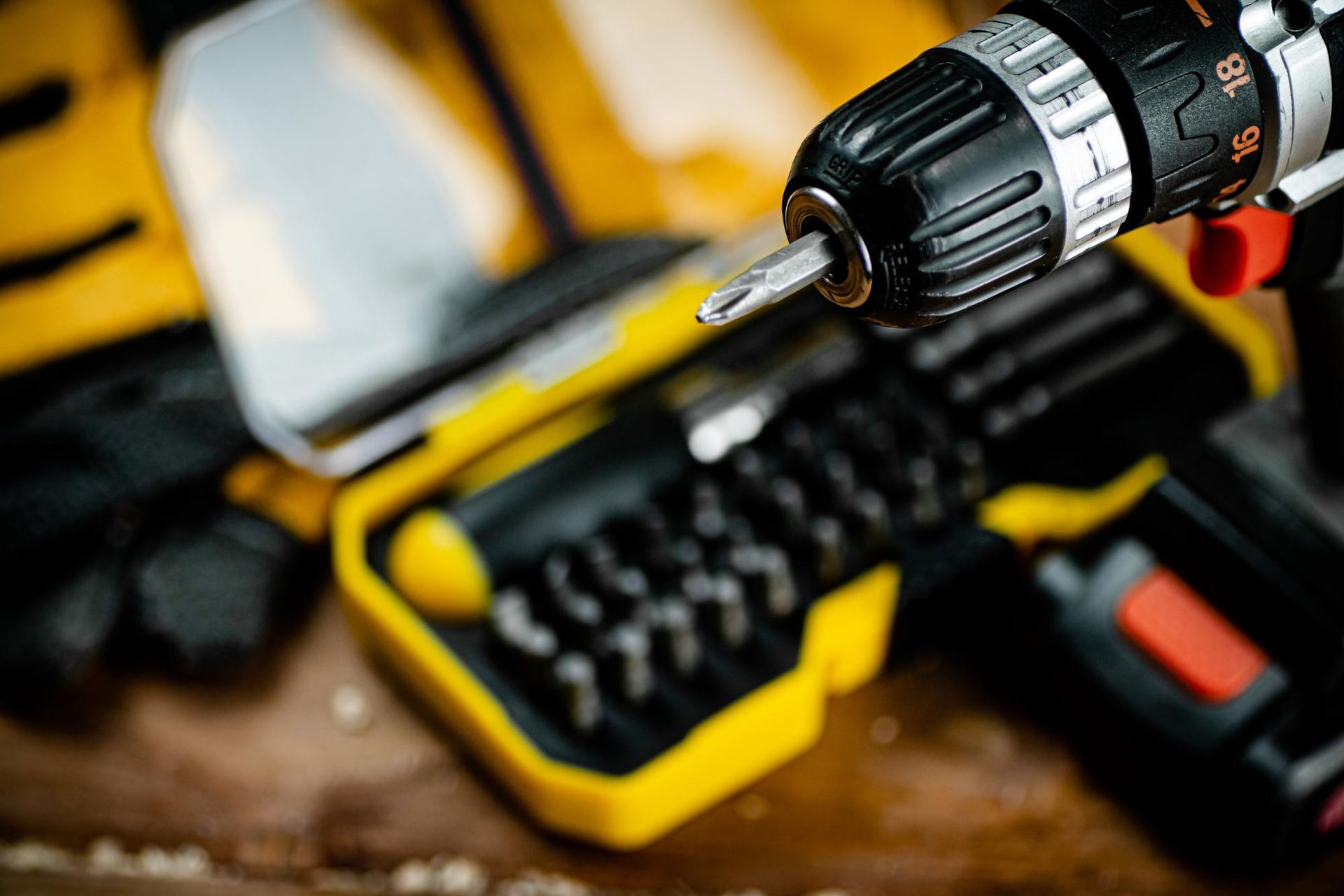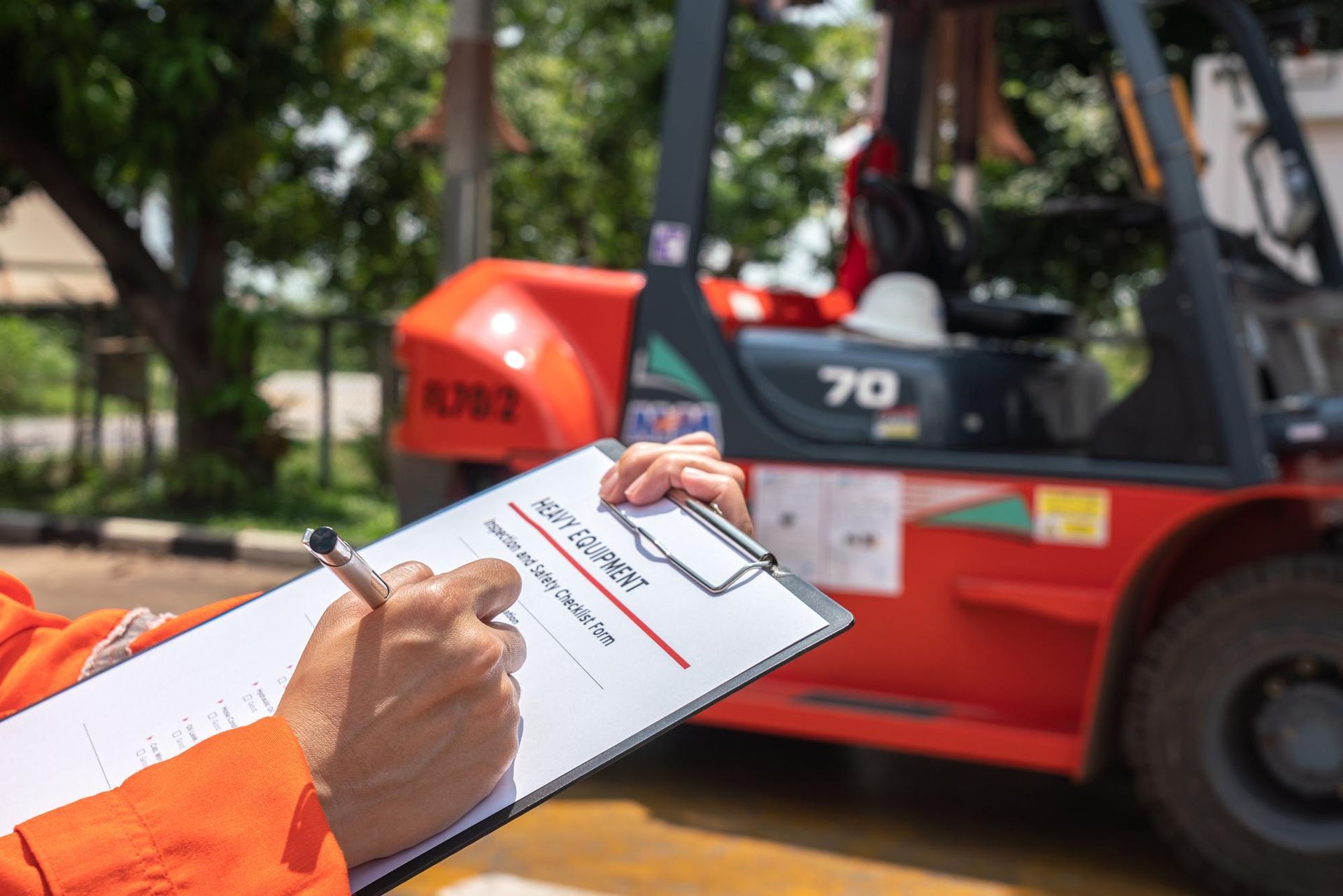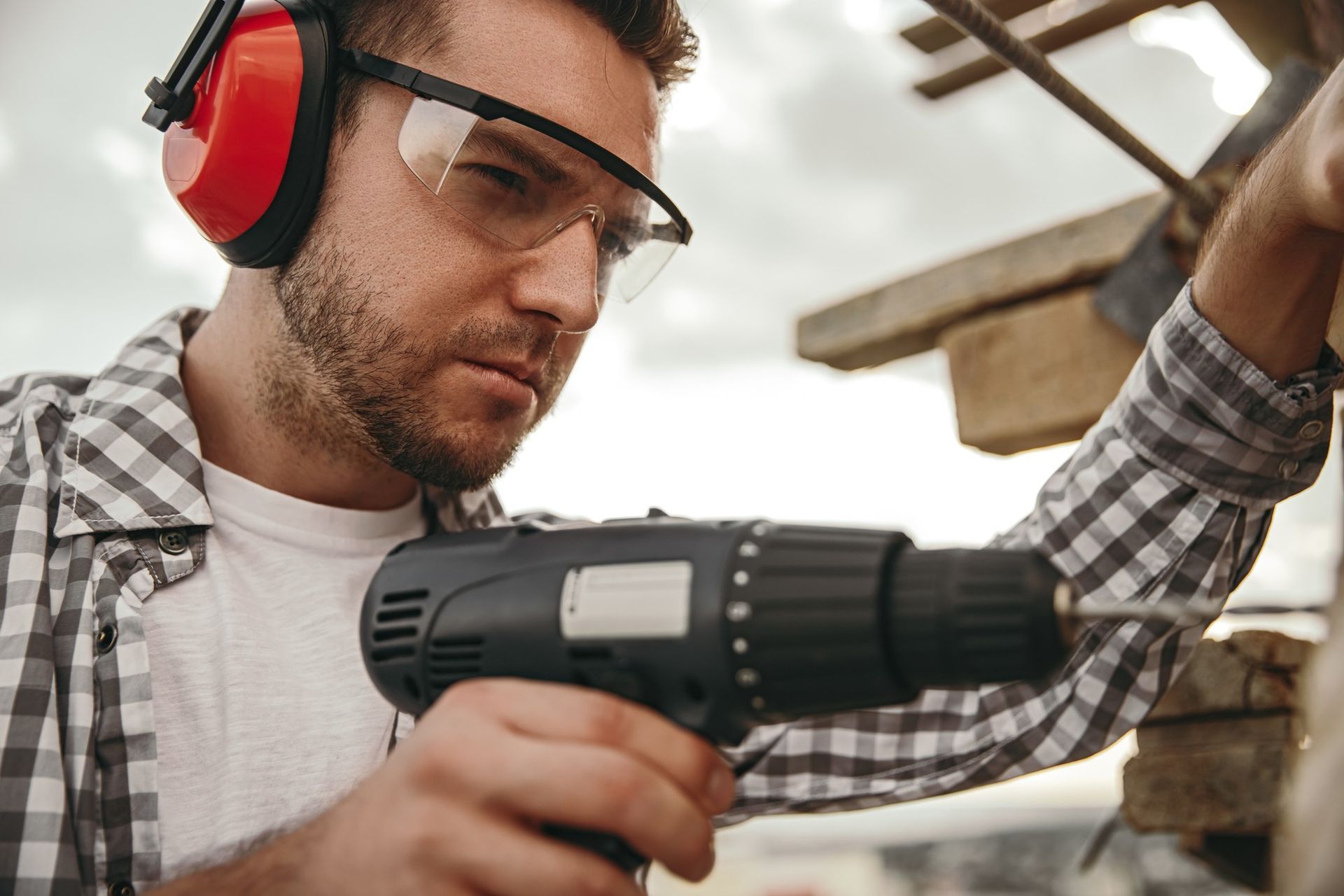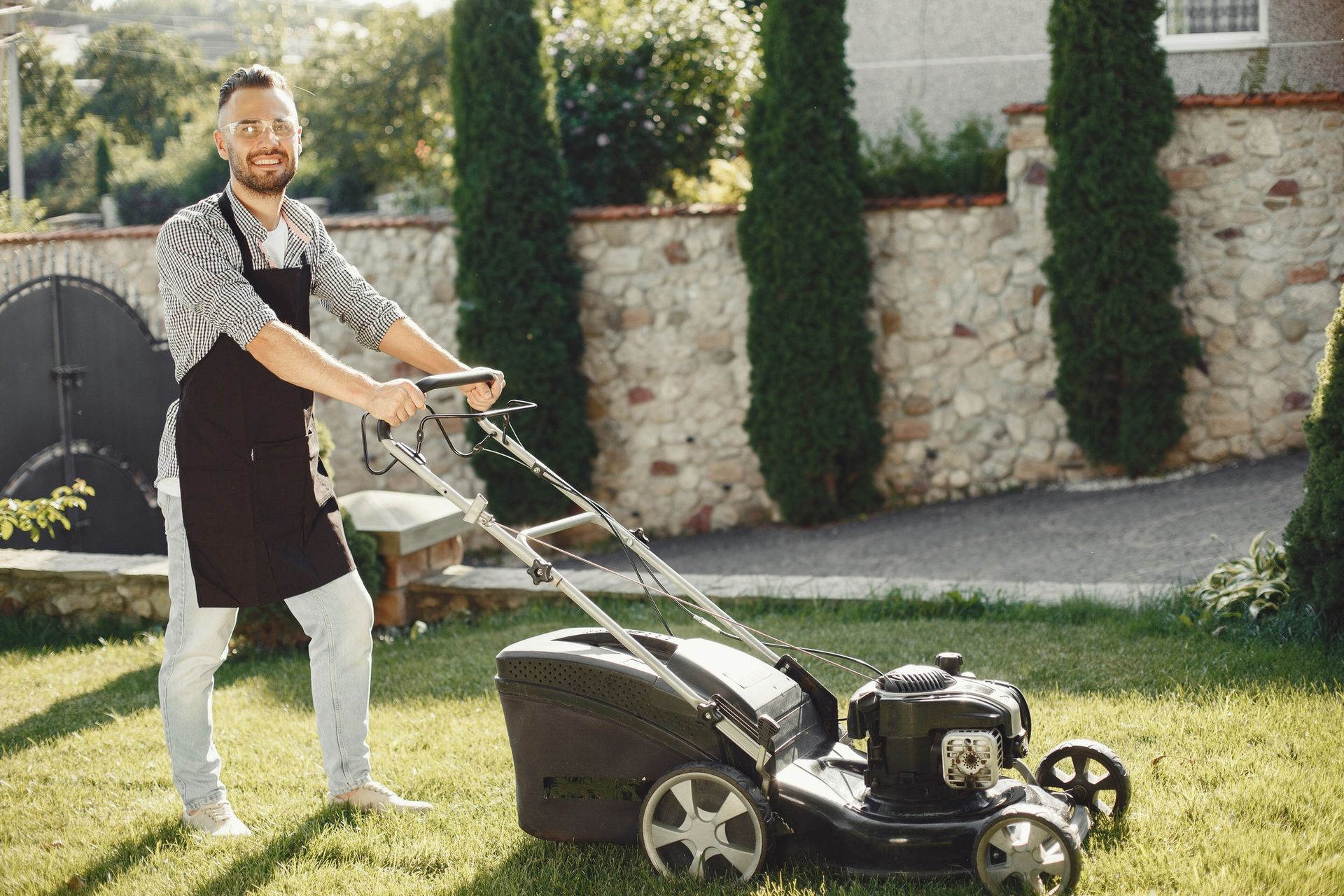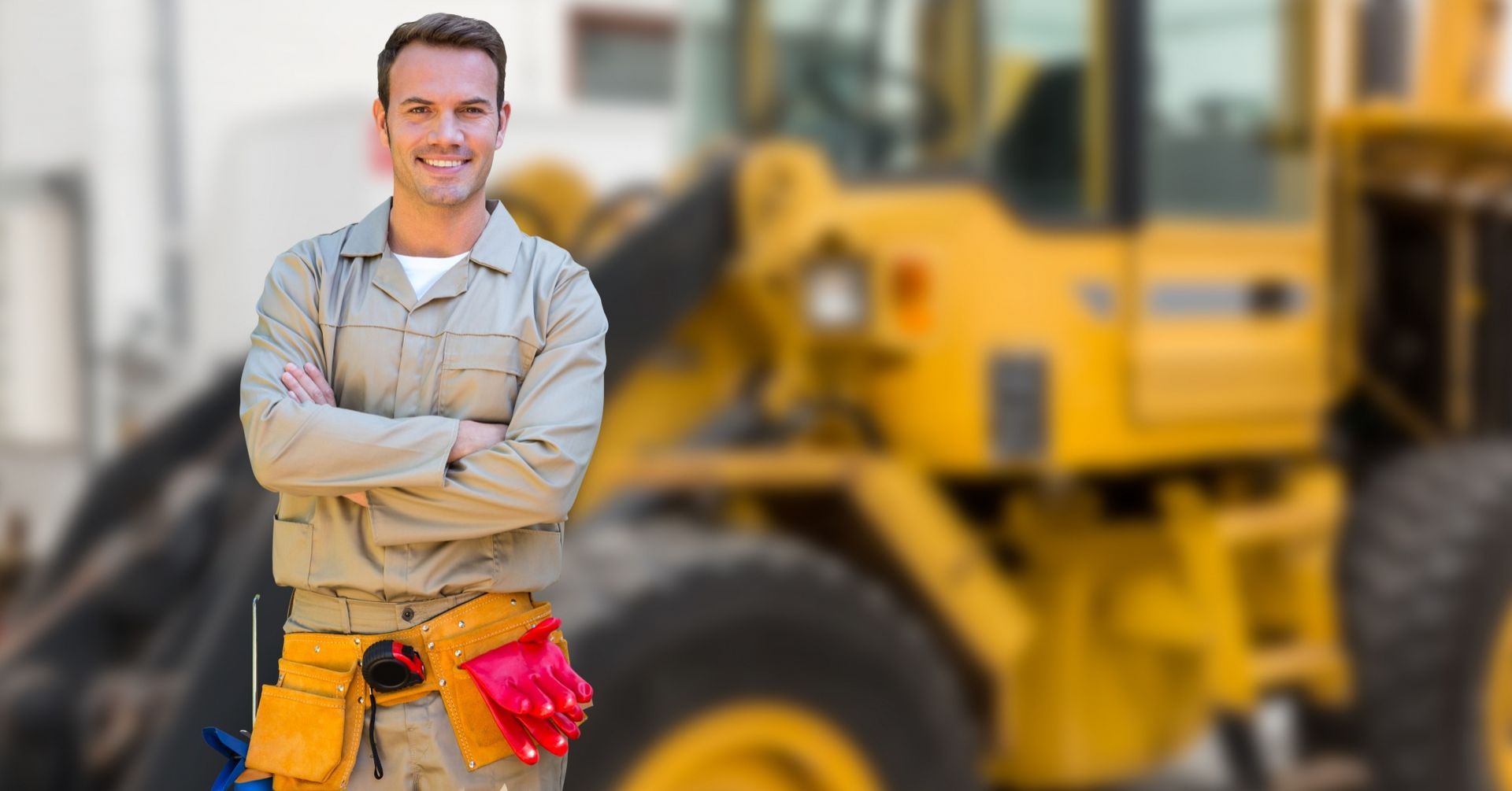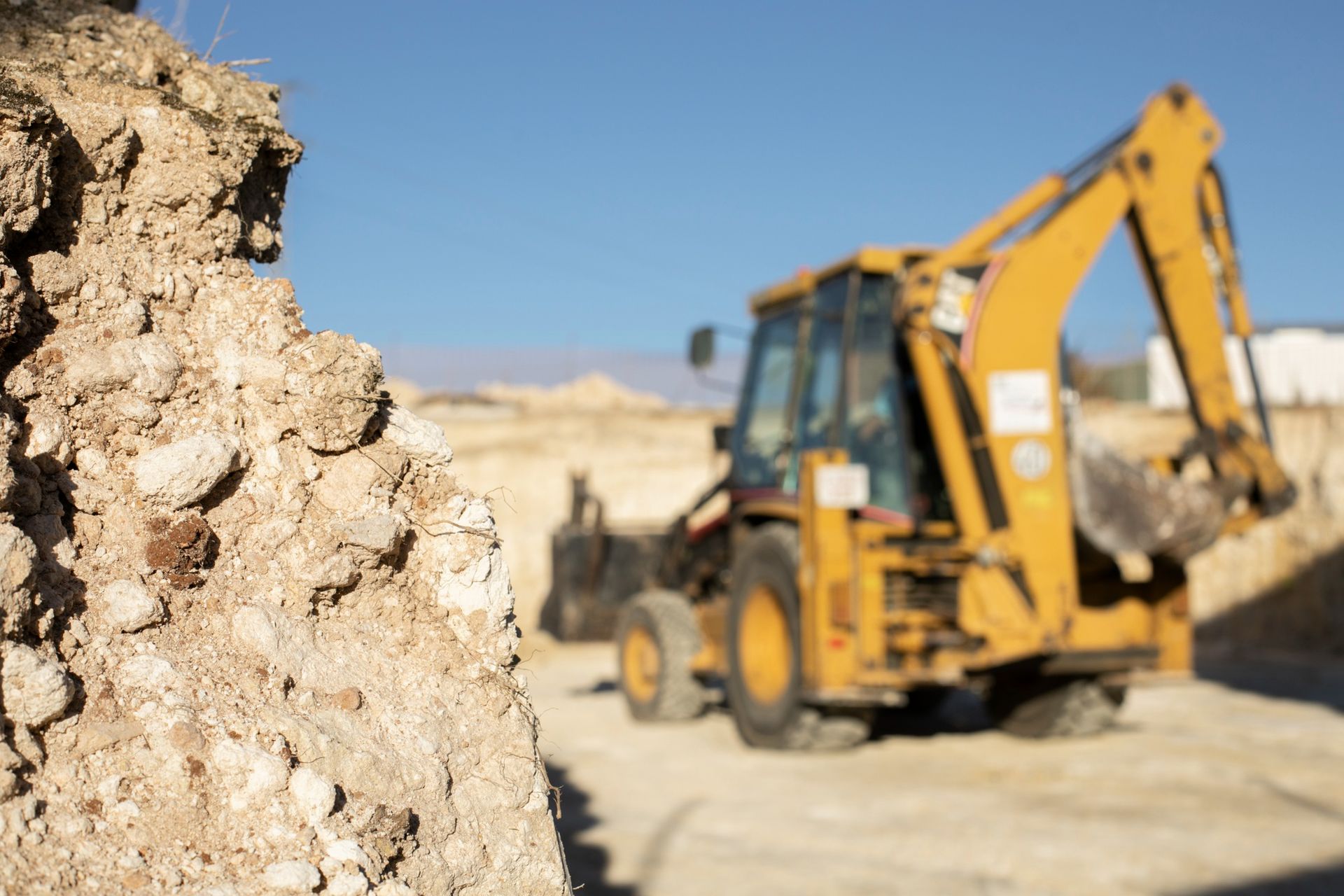Local Boom Lift Rentals: Safety & Selection.
When it comes to tackling projects that require reaching high places, "boom lift rentals near me" is a phrase that often comes to mind for many contractors and project managers. Boom lifts, with their towering presence, are pivotal in ensuring tasks at height are done safely and efficiently. The decision to rent a boom lift locally involves not just finding a suitable machine, but also ensuring it adheres to the highest safety standards. This article will guide you through the essentials of boom lifts, emphasizing the critical aspects of safety and how to select the right boom lift that aligns perfectly with your project needs.
Understanding Boom Lifts
Boom lifts are a type of aerial work platform that provides an unmatched advantage when working at height. These versatile machines are equipped with a hydraulic arm, known as a boom, which is capable of extending vertically and, in some cases, horizontally, to reach work areas that would otherwise be inaccessible. Whether it's for construction, maintenance, or even creative projects like film production, boom lifts offer a stable platform for workers to perform their tasks. The diversity in boom lift types, from articulating ones that offer flexibility with bendable joints to telescopic ones designed for reaching incredible heights in a straight line, caters to a wide array of project requirements.
Importance of Safety in Boom Lift Rentals
Safety cannot be overstated when it comes to operating heavy machinery like boom lifts. The inherent risks of working at heights make it imperative to prioritize safety features in any boom lift you consider renting. Modern boom lifts come equipped with various safety mechanisms such as secure harness points, robust guardrails, and emergency descent systems, which are fundamental in preventing accidents. It's essential to ensure that the boom lift you select not only fits the job but also comes with these vital safety features intact and fully operational.
Safety Protocols and Training
Beyond the built-in safety features, the proper use of boom lifts involves strict adherence to safety protocols and adequate operator training. It's crucial that anyone operating a boom lift has undergone comprehensive training that covers operational techniques, safety checks, and emergency procedures. This training ensures that operators are not only proficient in maneuvering the equipment but are also aware of how to act swiftly and safely in unexpected situations. Regular safety briefings and daily inspections of the equipment should become a standard practice, ensuring that both the machine and its operators are always in the best condition to carry out the task at hand.
How to Select the Right Boom Lift
When embarking on a project that necessitates a boom lift, making the right choice is crucial for both the success of your work and the safety of your team. The selection process involves several key considerations, each tailored to your specific project needs.
- Assess Your Height and Reach Needs: The primary function of a boom lift is to provide access to elevated work areas. Therefore, the first step in selecting the right boom lift is to accurately determine the maximum height and reach your project requires. Consider not only the vertical height but also how far the platform might need to extend horizontally. Articulating boom lifts, with their jointed arms, offer greater flexibility in reaching over obstacles, making them ideal for sites with tight spaces or complex structures.
- Consider the Weight Capacity: Every boom lift has a specified weight limit, which includes the combined weight of workers, tools, and materials on the platform. It's imperative to estimate this weight accurately to ensure you choose a lift that can safely accommodate your needs. Overloading a boom lift can lead to dangerous situations, including tip-overs or equipment failure.
- Evaluate the Worksite Terrain: The terrain of your worksite plays a significant role in determining the type of boom lift you'll need. For uneven or rough terrain, look for boom lifts with four-wheel drive and rugged tires, which provide better stability and traction. For indoor projects or sensitive surfaces, consider electric boom lifts with non-marking tires to prevent floor damage.
- Indoor vs. Outdoor Use: The environment in which you'll be operating the boom lift dictates the suitable model. Electric boom lifts are preferred for indoor use due to their zero emissions and lower noise levels. In contrast, outdoor projects might require diesel or dual-fuel lifts that can handle more challenging conditions and offer greater power.
- Understand the Power Source and Accessibility: The power source of the boom lift not only affects its operation but also its suitability for certain environments. Electric models are cleaner and quieter, ideal for enclosed spaces, while diesel-powered lifts are more suited to outdoor use. Also, consider the accessibility of your worksite; some boom lifts are compact and capable of navigating narrow passages, which is a significant advantage in confined spaces.
- Additional Features and Accessories: Modern boom lifts come with a range of features and accessories designed to enhance safety and functionality. These might include adjustable platforms, jib extensions for added reach, and onboard generators for power tools. Assess which features are necessary for your project to ensure you get the most out of your rental.
- Compliance with Safety Standards: Ensure that the boom lift you select complies with local safety standards and regulations. This includes features like guardrails, emergency stop buttons, and tilt sensors. Safety compliance not only protects your team but also ensures the smooth operation of your project.
By carefully considering these aspects, you can select a boom lift that not only meets your project's specific requirements but also upholds the highest safety standards. Remember, the right boom lift can significantly enhance productivity and safety on your worksite, making it a critical component of your project's success.
Evaluating Local Rental Options
Once you have a clear understanding of your needs, the next step is to find a reputable local rental company. A good starting point is to look for companies with positive reviews and strong safety records. When you contact them, inquire about their maintenance and service practices. Well-maintained equipment is less likely to cause unexpected downtime and safety issues.
Customer service is another crucial aspect. The rental company should be willing and able to provide expert advice on which boom lift is best suited for your project. They should also be transparent about their rental terms and costs, including any additional fees for delivery, setup, and training.
Cost Considerations and Rental Agreements
Understanding the cost involved in renting a boom lift is essential for budgeting your project. The rental price can vary based on several factors, including the type of boom lift, the rental duration, and any additional services you might require, such as delivery and setup. Don't forget to ask about insurance coverage to protect against potential damages or accidents during the rental period.
When reviewing the rental agreement, pay close attention to the terms and conditions. Ensure you understand your responsibilities as the renter, including what happens in case of equipment failure or if the boom lift incurs damage while under your care. Clear understanding of these aspects will help avoid unexpected costs or disputes.
Case Studies/Success Stories
To bring these considerations to life, let's look at a couple of success stories. Imagine a local construction company tasked with restoring a historic building. They needed a boom lift that could navigate the tight spaces around the site without causing damage to the surrounding area. By choosing an electric articulating boom lift from a reputable local rental company, they were able to complete the project efficiently and safely, preserving the integrity of the historic site.
Another example could involve a landscaping company needing to trim tall trees in a residential area. They opted for a telescopic boom lift with rough terrain capabilities, allowing them to reach high branches safely and with minimal disruption to the homeowners and the environment.
Conclusion
Renting a boom lift locally involves more than just finding a rental service nearby. It's about ensuring the equipment you select is perfectly suited to your project's requirements and is backed by a safety-first approach. At East County Rentals, Inc. in Elma, WA, we understand the critical nature of these decisions. That's why we take pride in offering a fleet of boom lifts that meet the highest safety and performance standards.
By carefully considering the factors discussed, from the type of boom lift to the reputation of the rental company, you can ensure your project's success while prioritizing the safety of all involved. At
East County Rentals, Inc., we're committed to providing not just equipment, but solutions that enhance the efficiency and safety of your projects. Our team is here to guide you through the selection process, ensuring that the boom lift you rent is the best fit for your specific needs.
Remember, the key to a successful rental experience lies in thorough planning, clear communication with your rental provider, and a steadfast commitment to safety protocols. At East County Rentals, Inc., we embody this approach in every interaction. Armed with this knowledge and our support, you're now better equipped to make informed decisions about your next boom lift rental, ensuring it contributes positively to your project's outcome. Feel free to reach out to us at
(360) 482-4131 for expert advice and top-notch service tailored to your needs.
